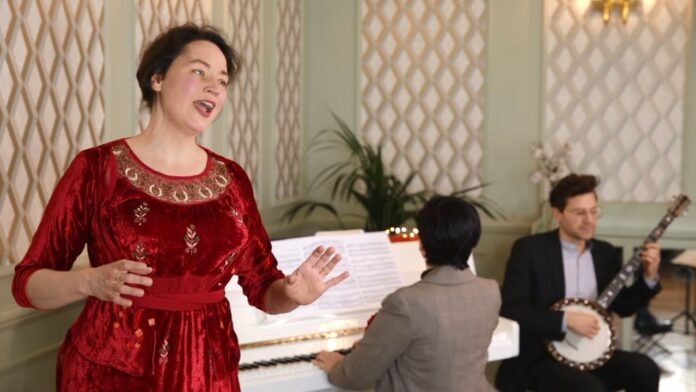If you are a fan of the classic American movies of the 1940s and 1950s, then you probably have heard of the singer Amanda Aldridge. Besides being a beautiful singer, she was also a talented actress. She starred in a lot of popular movies during her lifetime. Unfortunately, she passed away in 1956. But, she did not let her life of hardship stand in the way of her dreams.
Ira Aldridge was an American-born actor
Ira Aldridge was an American-born actor of Black-American descent. During the mid-19th century, he became famous in theaters worldwide. He was the first black actor to achieve fame in Europe.
During his career, he performed in Britain, Ireland, and Russia. He was praised for his performances in Shakespearean and non-Shakespearean plays. His performances of Shakespeare’s works were criticized by whites. Eventually, he was banned from performing the play.
When he was a teenager, he grew interested in acting. Initially, he worked as a valet for British-American actor James William Wallack. Eventually, he decided to live in London and pursue an acting career.
Among his early roles, he played Rolla in Pizarro. He also had a major role in The Castle Spectre. However, his career was derailed by racist racism.
In 1858, he was awarded the title of Chevalier Baron of Saxony. This honor came after Aldridge received a gold medal from King Friedrich-Wilhelm IV of Prussia.
Parlour songs were popular songs written so as not to be too virtuoso
The invention of the piano in the late 18th century paved the way for a new genre of music known as the parlour. Parlour songs were popular songs composed and performed in the home by amateurs. Among the notables were the Irish Melodies, the blackface minstrels, and the aforementioned neoclassical piano pieces. A plethora of arias from Italian operas, including the serenade and the grand finale, also made their way to the folio. This type of music was most notable in the mid-to-late 19th century, which ushered in the golden age of the parlour. As the years passed, the genre declined in size and stature. However, there was an uptick in popularity in the early 20th century. Some of the more esoteric oeuvres of the past, such as the aforementioned neoclassical works and the grand finale, have continued to delight aficionados down the decades. It’s worth a close study of these and the lesser known surviving pieces.
She never gave up despite adversity
Amanda Ira Aldridge was an opera singer, composer and teacher. She was the daughter of an actor and was born in London, England. Her mother, Amanda Brandt, was a Swedish opera singer.
In 1883, Amanda Ira Aldridge won a scholarship to study at the Royal College of Music. She studied under the famous Swedish soprano Jenny Lind.
After graduating, Amanda Aldridge took up a teaching position. At first, she focused on singing, but she began a prolific career as a vocal teacher. She taught musicians of all races. Among her students were the African-American lyric tenor Roland Hayes and the renowned contralto Marian Anderson.
Aldridge was also an actor. He had several roles in his lifetime. His performances spanned a wide variety of genres. Some of his roles included Shakespearean ones.
Aldridge’s repertoire also included works by contemporary composers. The most famous of these was Three African Dances, which was inspired by the West African drumming style.
She died in 1956
Amanda Aldridge was a famous British opera singer and composer. She died in London on March 9, 1956.
Aldridge is remembered for her romantic Parlour music, which merged different rhythmic influences to create a unique sound. This style of music was very popular in middle class homes in the 1900s.
When Aldridge was young, she studied with German-born British composer George Henschel and Swedish soprano Jenny Lind. She also trained with Frederick Bridge and Francis Edward Gladstone. After her vocal studies, she began to work as a piano accompanist and teacher. During her time as a teacher, she had many students including Lawrence Benjamin Brown, Paul Robeson, and Marian Anderson.
While Aldridge’s singing career was cut short by a throat injury in 1907, she continued to compose. She composed thirty songs between 1907 and 1925. Many of these songs explored her mixed ethnic heritage. Some of her most famous pieces include “Three African Dances,” a composition influenced by West African drumming, and “Lazy Dance.”
Aldridge was a classically trained musician. In her lifetime, she received a scholarship from the Royal College of Music.
